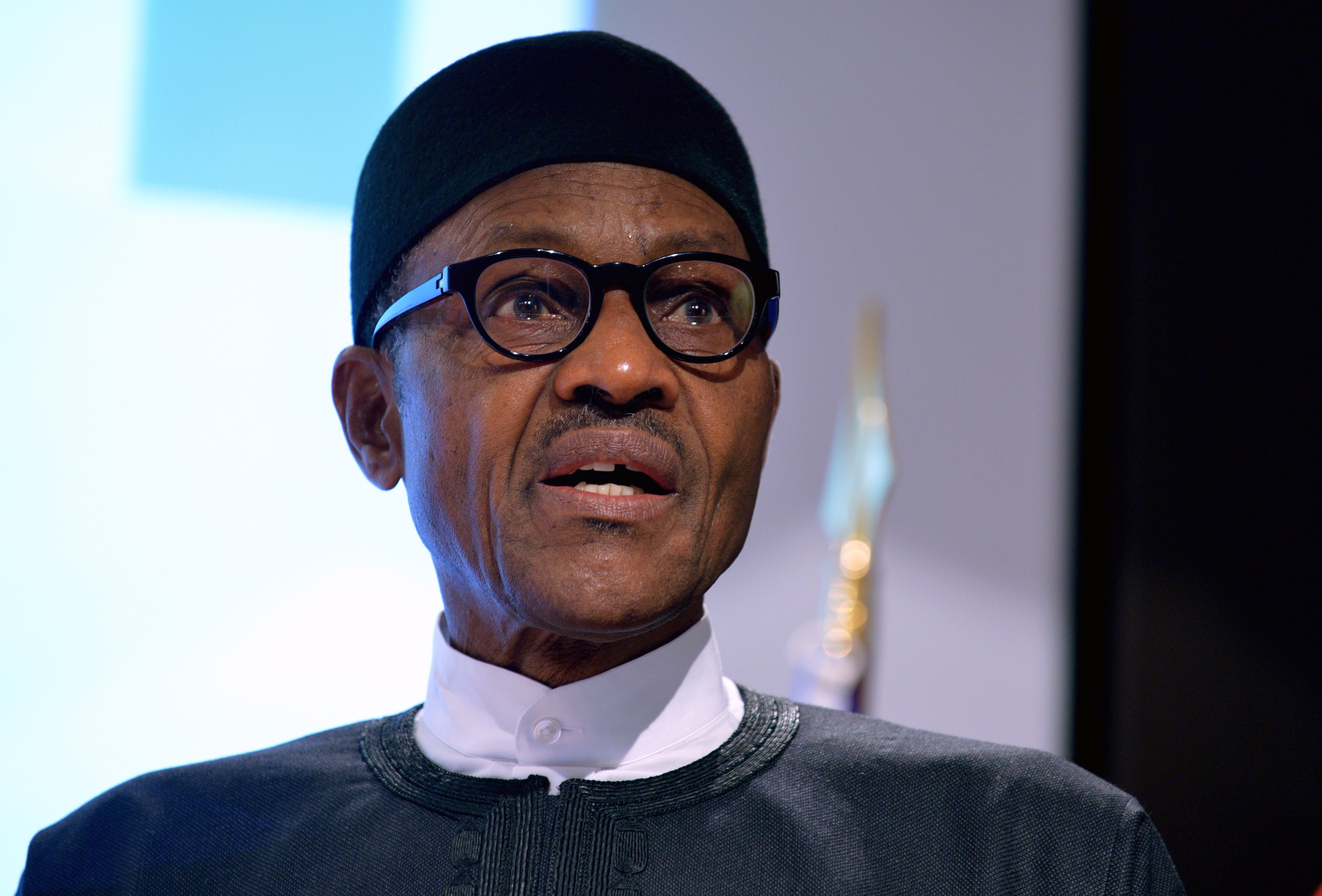Cross River State indigenes were full of delight on Monday when President Muhammadu Buhari flagged off construction of the 260-kilometre Calabar-Kastina-Ala Super Highway road project at Obung.
According to the President, the road which will link south-south and northern parts of the country, when completed, will also ensure a reduction in travel time and man-hour. He described the project was a significant milestone in the economic transformation agenda of the state.
The equally excited state governor, Professor Ben Ayade who globetrotted to get foreign investors to invest in the road project, also disclosed that the state would embark on the construction of a deep seaport in Bakassi. So in addition to a reduction in travel time and man-hour, the road would serve as the artery for evacuation of cargo from the proposed port.
The part that excites me is the fact that the Cross River State government is planning ahead for evacuation of cargo even before construction of the proposed deep seaport has started. This is different from what we have seen with regards to the proposed Ibaka deep seaport which the former Akwa Ibom State governor, Godswill Akpabio championed.
While Akpabio claimed that construction work on the deep seaport project had started, the roads leading to the site is practically non-existent. It took us over three hours of travel through deep potholes, craters and gullies to complete a 20km trip from Uyo to Ibaka when I led a group to the site about two years ago. It was a sorry state. I wondered if that was the road Akpabio planned for trailers and other heavy-duty trucks to ply during the port construction work. And did he hope to build the port before building the roads? No sir; it doesn’t work that way.
The major challenge we have in Apapa right is poor road infrastructure which has made life hellish for truckers and commuters.
And that is why I am concerned also about the Lekki deep seaport which has been under construction for over five years.
The development of the Port at Lekki is certainly a most welcome initiative since it will bring a huge boon not only to the economy of the state but that of the entire nation. It goes without saying that a viable deep seaport project will create close to half a million direct and indirect jobs for Nigeria’s teeming youths.
Container throughput at Lagos ports is expected to hit two million twenty-foot equivalent units (TEUs) by 2018 whereas the maximum capacity that the ports and the Inland Container Depots (ICDs) in the State can accommodate is 2.2 million TEUs.
Lagos ports alone handle 90 per cent of the cargo in and out of Nigeria. With this expected growth in container volumes, the combined capacity of Apapa Port fully-developed and Tin Can Island Port and all the Inland Container Depots (ICDs) in the Lagos area is expected to be inadequate within the next five years. The same situation also applies to general cargo terminals.
A new port will therefore be needed to keep up with the demand for capacity, as the existing ports are surrounded by the city and cannot be further expanded.
The natural location, the supporting infrastructures and the support of stakeholders are key success of a greenfield port.
In choosing the location of a Greenfield port, the factors that must be considered include natural deepwater and harbour and supporting navigational channels with commensurate draft.
Other factors include lower risk of encroachment of city development in the immediate future, connection to multimodal infrastructure for evacuation of cargo by road, rail and barge, government support to the investors with policies that will protect investments, presence of adequate supporting services and review of cargo clearance processes to support faster cargo evacuation and reduce dwell time.
Lekki has the natural features for a port, no doubt. Natural harbours have long been of great strategic naval and economic importance. They reduce or eliminate the need for breakwaters which would ordinarily cost a fortune to construct. Some examples of natural harbours are New York City harbour in the United States; Kingston Harbour in Jamaica; Subic, Zambales in the Philippines; Sydney Harbour in Australia; Pearl Harbour in Hawaii; San Francisco Bay in California; Visakhapatnam Harbour in Andhra Pradesh, India; Killybegs in County Donegal Ireland; and Halifax Harbour in Nova Scotia, Canada.
The proposed Port at Lekki is surrounded by the lagoon and you can go in and out of the port area through only one way. Because the Lekki axis is largely a residential area, vehicular traffic in and out is very heavy without the added burden of trucks plying that route.
What will happen when trucks join the fray on the road is better imagined. Due to this constraint and in the absence of a rail system, evacuation of containers from the Lekki Port to the Western part of the country will be very difficult if not impossible. You can’t move goods up north either except a new bridge the size of the Third Mainlaind Bridge is constructed around the lagoon.
Trucks evacuating goods from the port however can head for the Eastern part of the country but then, they will have to travel almost 100 kilometres to link up the Benin-Ore road. Movement of goods out of the port through barges is not an option either because Lekki is backed by a very broad and shallow lagoon; making barging difficult.
The cost of building a new port cannot be underestimated with about USD1.5 billion (about N300 billion) required for investment in quay wall, quay apron, terminals, cargo handling equipment, information technology etc. Potential investors and financiers will certainly be interested in good return on investment, but this might take a very long time if thoughts are not given to adequate cargo evacuation modalities.
Perhaps the promoters of the port would want to borrow a leaf from the Cross River State model.
